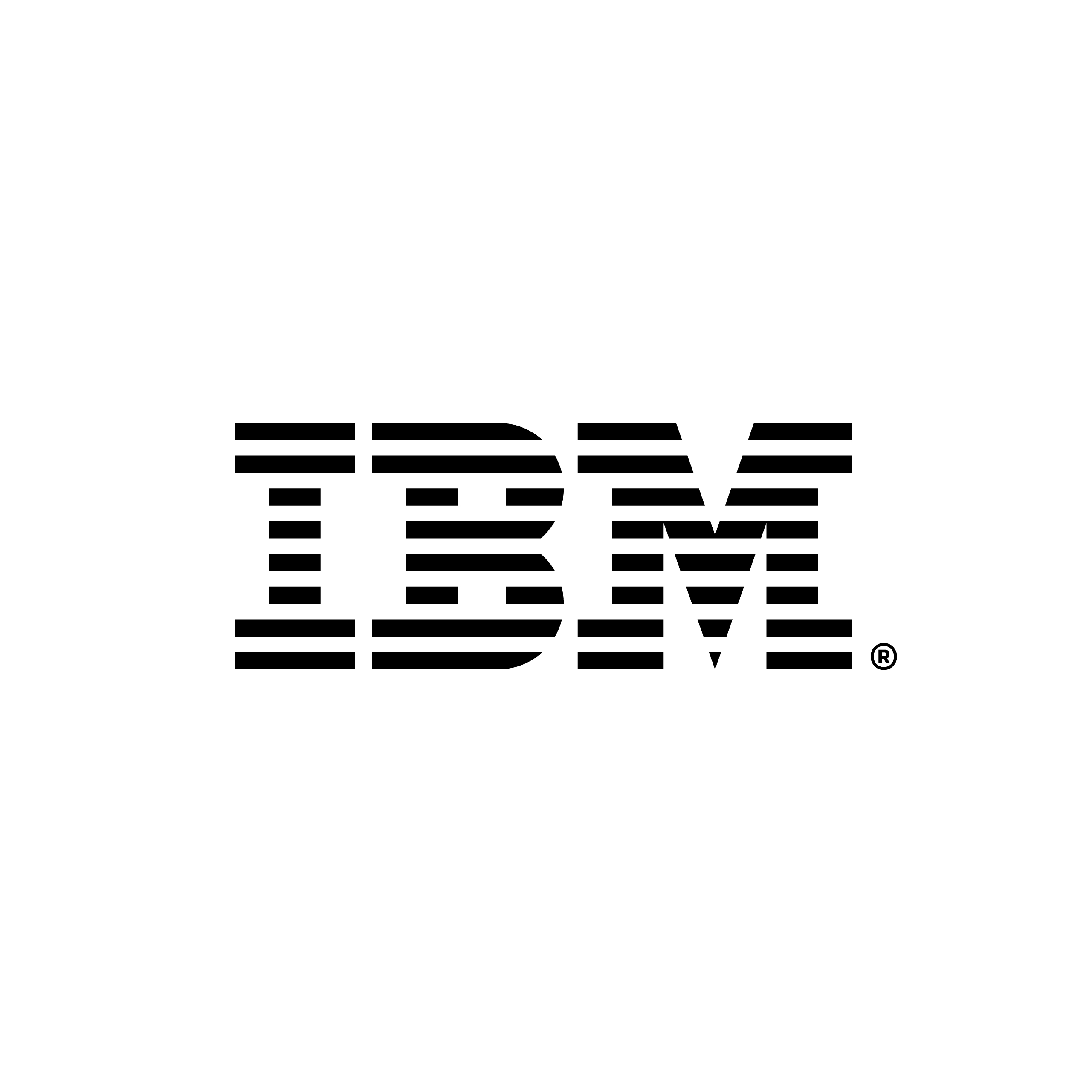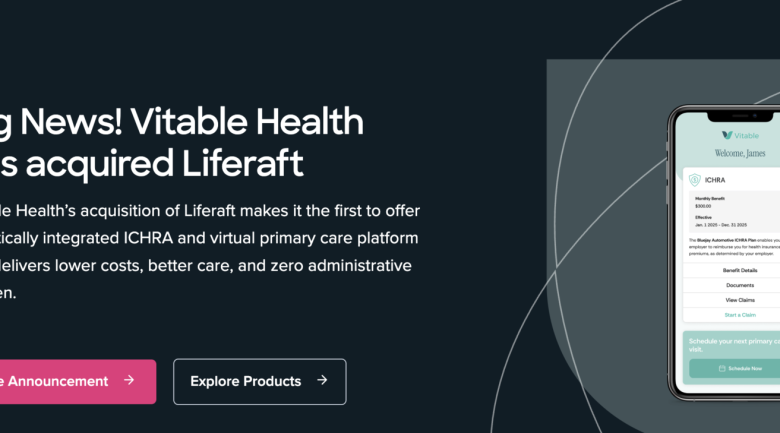For Ammirati, the most exciting opportunity right now is not necessarily the foundation models themselves, but applications being built on top of LLMs. Some might dismissively refer to such apps as “LLM wrappers,” seeing them as repackaging the innovation of an LLM without adding substantial new capabilities.
But apps can be specialized for specific enterprise tasks with prebuilt prompts or templates that guide the model to produce more relevant outputs for specific needs. They often involve the application of domain knowledge.
These tools can offer simplified application programming interfaces (APIs) and intuitive interfaces. This makes it simpler for developers to incorporate LLM functions into existing applications without having to manage complex setups, such as handling API calls, managing tokens or configuring settings.
Look no further than venture firm Sequoia Capital’s report, published in October 2024, for confirmation of the value of LLM-based apps:
“Two years ago, many application layer companies were derided as ‘just a wrapper on top of GPT-3.’ Today, those wrappers turn out to be one of the only sound methods to build enduring value. What began as “wrappers” have evolved into ‘cognitive architectures.’”2
Ammirati co-founded an early-stage startup that aims to be one such tool for entrepreneurs and other innovators.
“I was doing a lot of work with corporates as part of the Corporate Startup Lab that I used to run at CMU, and part of what I realized is a lot of these R&D groups are trying to also translate their inventions into commercially valuable things.”
Growth Signals (link resides outside IBM.com) is a tool for executives and researchers that want to determine how to best apply research and development (R&D) resources. It uses AI to analyze the competitive landscape, writes technology summaries, guides brainstorming sessions, and can even use agents to crawl breaking news and newly published research.
“It helps you translate market and technology signals into concepts that are worth exploring, and helps you manage and refine those concepts and perform early validation.”
Innovation isn’t just about coming up with new ideas, it’s about coming up with them first. And if a tool can help innovators get there faster, perhaps resources invested in a so-called “LLM wrapper” might be money well spent.
Ammirati cited two other startups: Cove and Glean (links reside outside IBM.com) playing in this sandbox. Both aim to take the user experience beyond the chatbot we’re accustomed to when we interface with LLMs. Instead of bots, they use AI to offer a multidimensional visual workspace that’s tailor-made for common enterprise functions.
It’s an exciting time to be running a small business. As entrepreneurs and innovators seek the best AI tools to optimize workflows, automate repetitive tasks, assist with research and handle project management and other business operations, we can expect an influx of new “picks and shovels” products. These tools will give entrepreneurs the momentum to reach the market sooner and achieve profitability faster.




